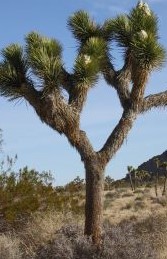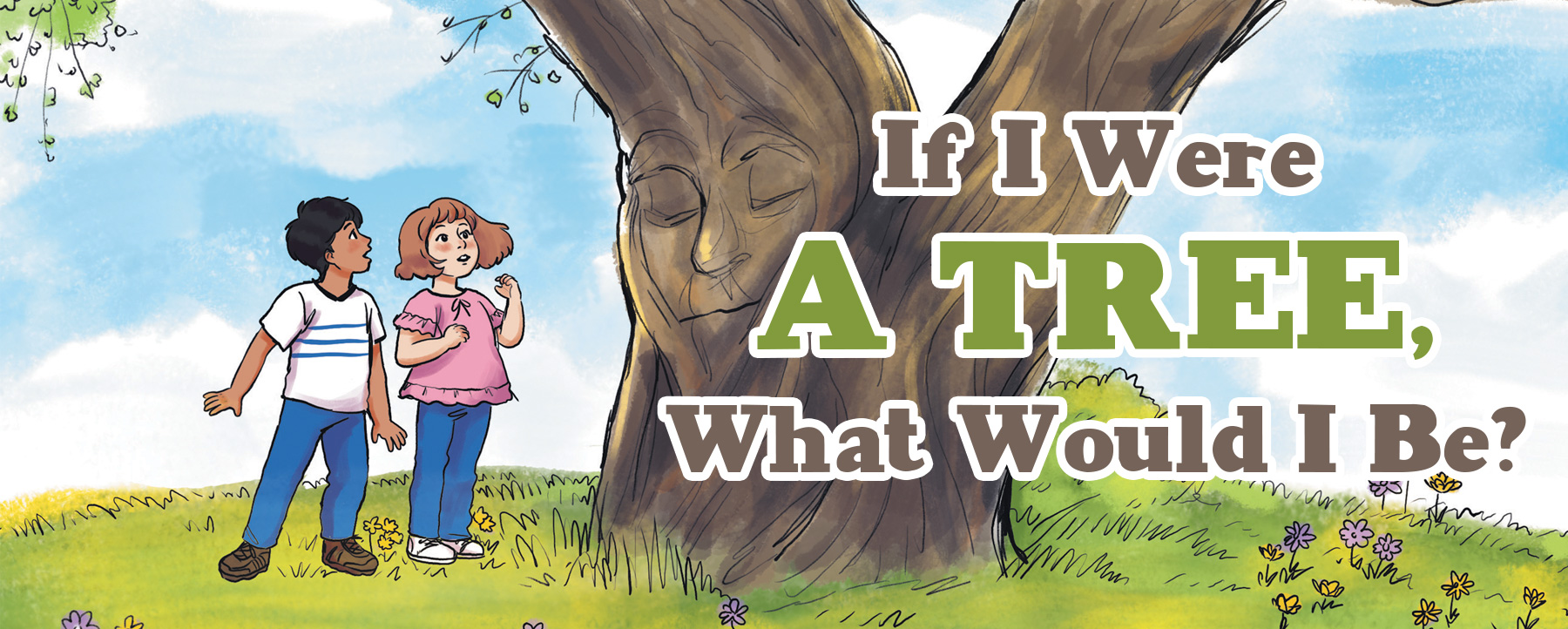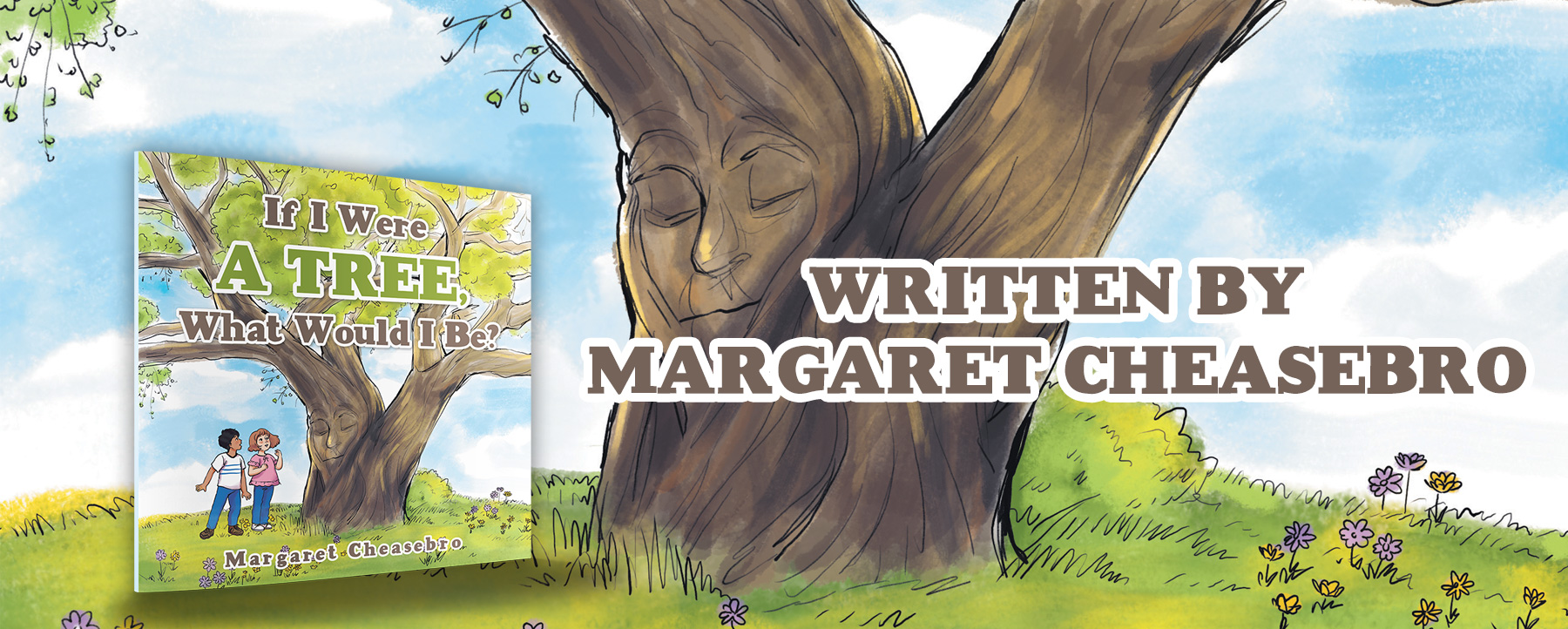
Joshua Trees live in the Mojave Desert
Joshua Trees Are Struggling to Survive
Joshua Trees are having a tough time these days due to global warming and more frequent droughts.
They’re really not trees. They’re part of the family of yucca plants, but they’re so big they kind of look like trees. In fact, they’re the biggest yucca that we know of in the world. They grow quite slowly and don’t reach their maximum height for 50 or 60 years. They can be as tall as 40 feet when they’re all grown up, but some are just 15 feet tall.
They only grow in certain areas at an elevation of from 2,000-6,000 feet. Those places are in the Mojave Desert of California, Nevada, Utah, and Arizona.
It’s a mystery where Joshua Trees got their name. One story is that Mormon settlers called them that in the mid-1800s when they crossed the Mojave Desert. The plants looked to them like someone reaching up their hands to the sky in prayer. That reminded them of Joshua in the Old Testament, who raised up his hands and pointed to the promised land.
Joshua Trees are important for the survival of yucca moths who live in the desert. The moths like to collect pollen from the trees, and they lay their eggs on the trees’ flowers. The tree’s seeds make food for yucca moth caterpillars. All that moth activity helps Joshua Trees to reproduce by spreading the trees’ pollen.
Joshua Trees can be 500 years or even older. They are especially pretty to see between March and May, which is when they usually develop flowers. You can learn more about the Joshua Tree by visiting https://blog/tentree.com/10-facts-about-the-incredible-joshua-tree/
Though Joshua Trees have existed in the Mojave Desert for about 2.5 million years, they’re struggling to survive today. Invasive plants such as cheat grass, a winter annual grass, and red brome, a cool-season annual grass, are trying to choke them out. Climate change and intense fires also play a role. The grasses burn easily, and the fires kill just about everything in their path.
Many people love Joshua Trees. As a result, some preserves have been set aside in the Mojave Desert to protect the trees and some other desert species. A couple of those places are the Joshua Tree National Park in California and the Desert National Wildlife Refuge in Nevada.
Pepper Trail, who is a biologist and writer in Oregon, wrote about the Joshua Tree as a guest columnist for Writers on the Range, writersontherange.org. You can find out more about the Joshua Tree there.


